Important Planning info
Researchers submitting to the ARO solicitation (NSF 23-572) should review the solicitation, specifically the section entitled ‘Proposals Involving Arctic Field Work’ (under ‘Proposal preparation Instructions‘). NSF will consider the full cost of supporting a project, including logistics, prior to making recommendations.
When you submit a proposal to the NSF that includes field work, you must include a logistics description in the timeline/work plan section. If you plan to pay for field logistics through your grant, you must also include the year-by-year costs in your budget and detail the costs in your budget justification.
If you plan to use Battelle ARO as your logistics provider, we will work with you to develop a ROM estimate for inclusion in your proposal.
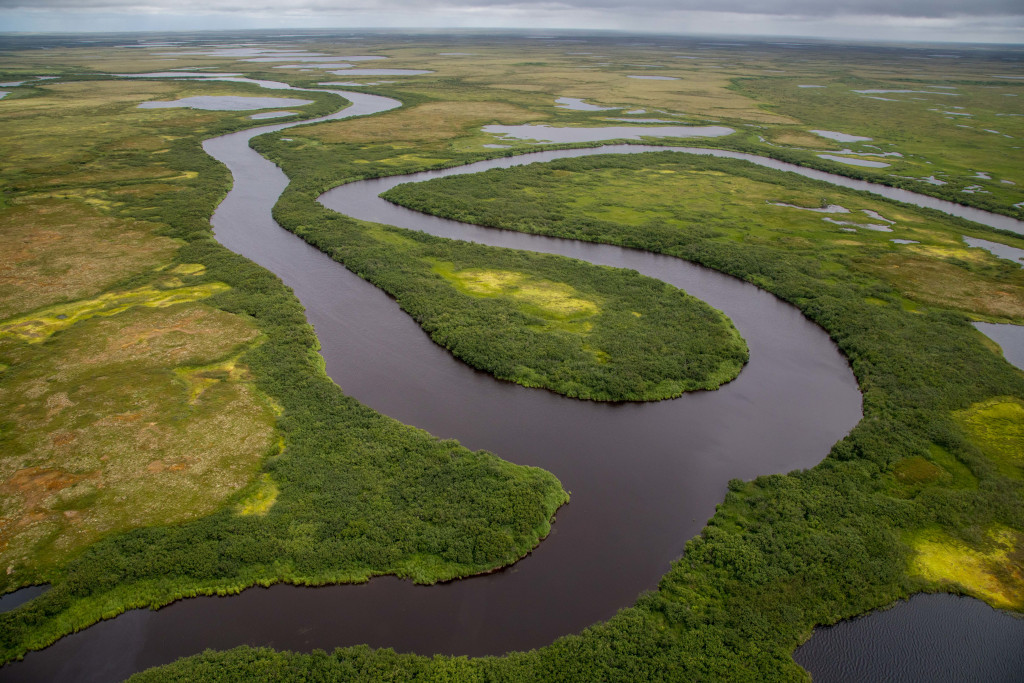
Harassment Prevention and Response
NSF is committed to strategies that promote a safe and harassment-free working environment in field settings and to responding effectively in the event of harassment, sexual harassment, bullying or assault. Please see resources available on the Sexual Assault and Harassment Prevention and Response (SAHPR) website. Battelle ARO also provides reporting mechanisms including a third-party anonymous contractor that can receive reports and investigate incidents.
Fieldwork should be an enriching experience for everyone involved. Please work with your employer and field team members to ensure that field teams have tools to prevent and respond to incidents. NSF Arctic program participants are expected to comply with the Polar Code of Conduct.
Anyone who experiences or observes harassment, bullying or sexual harassment is asked to reach out for aid to resolve the situation through any of the means available: Battelle ARO, NSF SAHPR, your employer, your university/institution Title IX office or equivalent, your NSF program director or Research Support and Logistics (RSL) program officer, the Arctic Sciences section head and the Office of Polar Programs safety officer. All crimes, including assault, will be reported to the relevant authorities.
Please work with your employer and field team members to ensure that field teams have the tools to prevent and respond to incidents. NSF Arctic program participants are expected to comply with the Polar Code of Conduct. Please see online training resources for Polar Code of Conduct and Arctic Training – Preventing Workplace Harassment 2025.
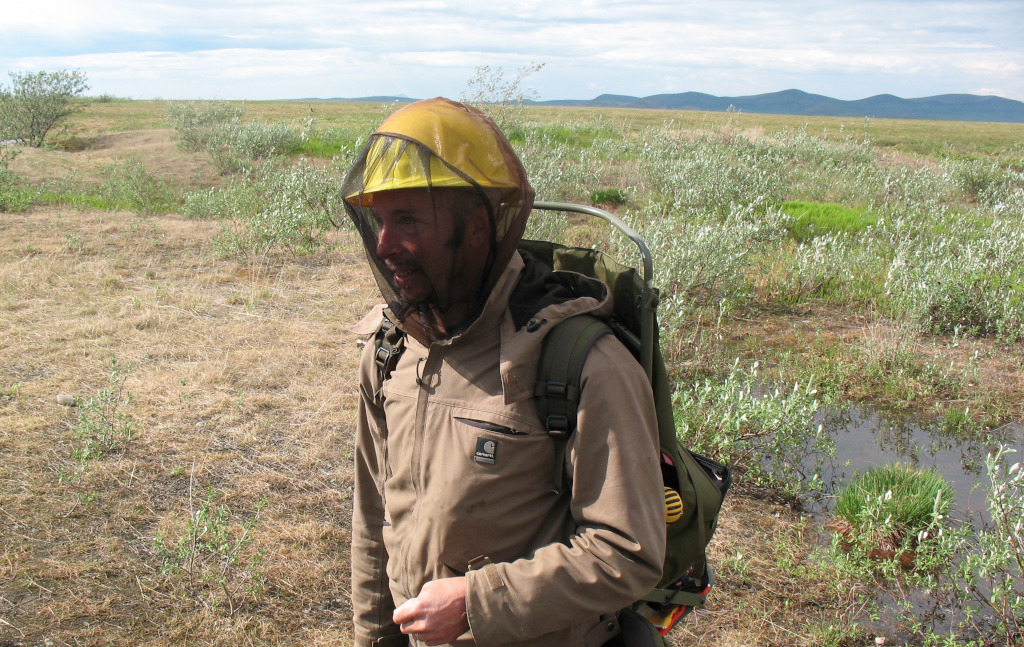
Budget Planning
All proposals are evaluated for total logistics costs and feasibility. Researchers are encouraged to make use of Battelle ARO to improve safety and cost efficiency. Services to consider include:
- Training for field safety, small boats, tower climbing, and other field-based activities
- Camp equipment, communications, vehicles, and related support
- Risk assessments, risk management services, and access to telemedicine
- User day fees or access to research stations
- Environmental training
Downloads & Resources
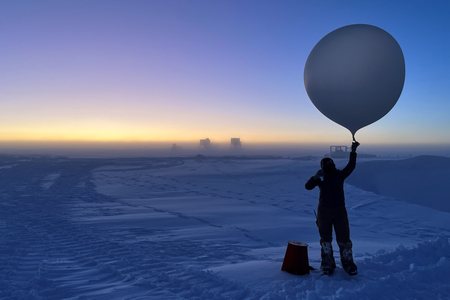
Logistical Support Planning
For funded projects, Battelle ARO assigns a project manager who works closely with researchers to plan logistical support for fieldwork activities. The project manager coordinates communication, resources and budget for this support. Researcher engagement throughout this process is important for fieldwork success.
To orient research teams to relevant processes, timelines, and resources, Battelle ARO provides the Researcher Guide to Arctic Logistical Support.
Downloads & Resources

Outreach & Engagement with Local Communities
NSF and Battelle ARO strive for meaningful engagement between NSF-funded scientists and the Arctic communities near researcher’s work.
Battelle ARO O&E initiatives offer scientists tools and resources to foster positive relations with Indigenous and local communities in the Arctic, and the co-production of knowledge (CPK). The O&E Team coordinates efforts to reduce community engagement fatigue.
Downloads & Resources

Environmental Protection
The interaction plans provided are intended to guide participants who may encounter protected resources and species while working in the Arctic. All Arctic participants are required to follow all federal, state, and local laws and regulations. For fieldwork outside of the United States, participants must comply with policies of the host nation, as participants may be subject to enforcement by the cognizant foreign government.

Safety Protocols & Resources
Safe operations in the Arctic are the result of careful planning, evaluation, preparation, and application of risk management principles. The Battelle ARO Team embodies a culture of risk management through the development and implementation of project-specific, custom-tailored risk management plans, coupled with safety programs and tools designed to support safe operations – and will be woven into the support plans for funded researchers.
Colorado University – Anschutz is responsible for making Physical Qualification (PQ) determinations for Arctic participants, and the NSF’s PQ policy applies to personnel in Kangerlussuaq, Summit Station, and other remote field camps. Upon request, Battelle ARO will provide Principal Investigators (PI) or lead field team member a standard medical kit with over-the-counter drugs and supplies. Please note, no prescription drugs are issued. If the PI wishes to take prescription drugs into the field, they must contact their personal physician. The medical kit must be returned to Battelle ARO at the end of each field season.
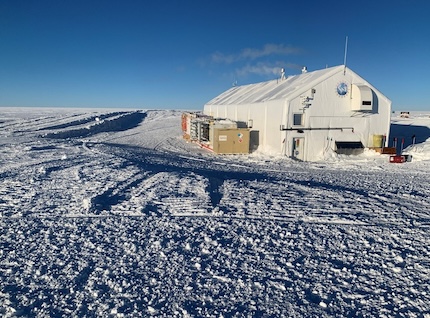
Infectious Disease Control Guidance
Procedures for controlling the spread of respiratory infections at field sites are available on the Battelle ARO Arctic Gateway website and the Toolik Field Station website. In Greenland, personnel traveling to NSF Summit Station or Raven Camp who have symptoms of an upper respiratory infection will utilize rapid testing for COVID-19, and influenza A and B. Travelers can expect that their travel will be delayed until symptoms abate. All field teams should develop procedures to prevent the spread of respiratory infections through their teams.
Resources
- Battelle ARO Infectious Disease Management
- Toolik Field Station Infectious Disease Protocols
Developing Your Field Plan
- Air and Vessel Chartering
- Cargo, Equipment & Samples
- Clothing
- Communications
- Construction & Engineering
- Fuel Handling
- Third-party Logistics Support
- Transportation
- Travel Support
- Other Support Requests
Air and Vessel Chartering
The Battelle ARO team provides aviation and vessel support in the proposal planning process to determine logistics feasibility, type of aircraft/vessel, and preliminary risk analysis.
Air Operations
Battelle ARO staff plans the following:
- Air frame determination, including fuel burn rates, payload/distance/elevation and landing terrain limitations, or sling-load capabilities
- Planning aircraft ground time, routes, fuel cache, load, and crew day maximums
- Safety requirements, pre-flight orientations, and hazardous material declarations
Vessel Operations
Similar to contracting aircraft, Battelle ARO maintains a directory of research vessels that incorporate science capabilities, port requirements, contact information and vessel specifications.
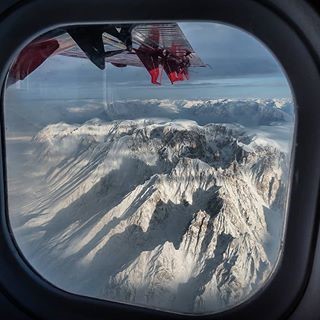
Cargo, Equipment & Samples
To reduce costs, researchers are encouraged to use NSF-owned field equipment in the proposal and funded phases of their project. Battelle ARO staff can provide training on how to set-up and use equipment, get gear and equipment to/from the field, and maintain sample integrity during transport to home institutions or sample repositories such as the National Ice Core Laboratory.
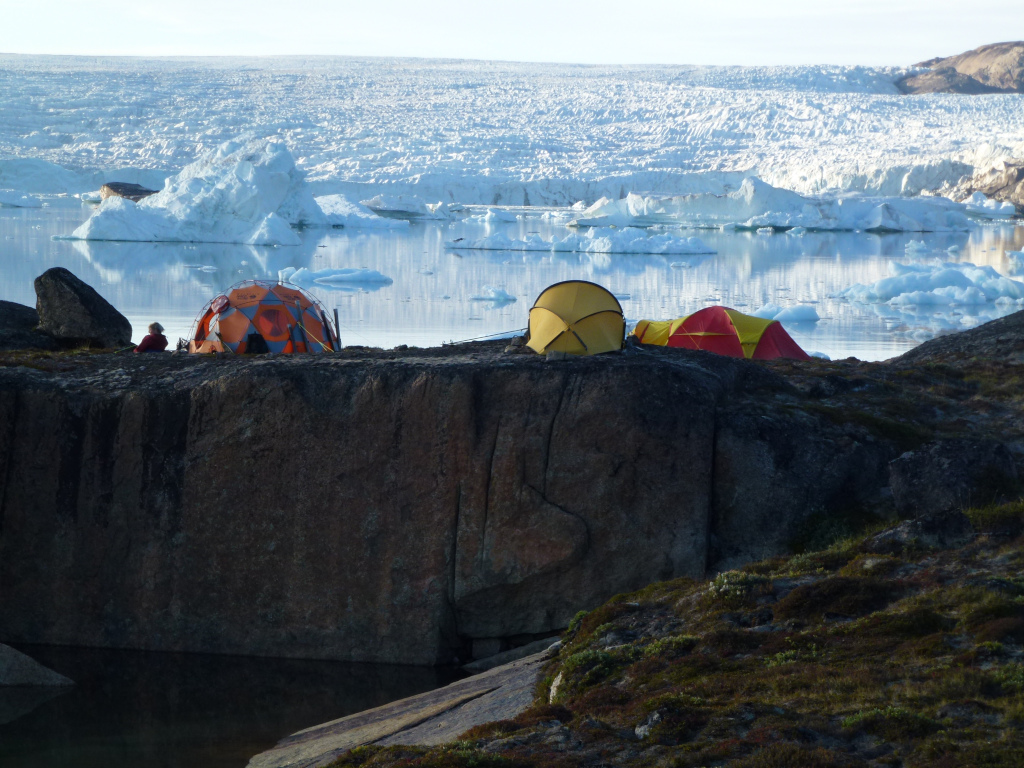
The Battelle ARO team provides support to researchers via acute knowledge of the environmental conditions, the limited transport options, political nuances, and the local challenges, which translates into thorough planning efforts and realistic scheduling for NSF funded field teams.
Executing field research in Greenland provides challenges due to travel distances, lack of infrastructure, limited resources, environmental risks, foreign permitting, custom regulations, language barriers, currency difference, and the requirement to coordinate with agencies ranging from the Government of Greenland (GoG) to Department of Defense (DoD) sections such as the Air National Guard (ANG) and the United States Air Force.
Clothing
Science party members are generally responsible for their own cold weather and field clothing.
Fabrics to consider are Polar Plus Fleece, Polypropylene, Capilene, wool, and silk. Avoid cotton fabrics and jeans for remote field site use. Rain is a normal weather condition in Alaska. The summer season (May – September) sees temps between 10 and 90 degrees Fahrenheit. It is also mosquito season so bring protective “bug shirts” and insect repellent.
Recommended Cold Weather Gear:
- 1 each parka with hood
- 1 or 2 pair insulated/waterproof bibs (Carhartt)
- 1 pair wind pants, bib non-insulated
- 1 each pile/fleece jacket
- 1 each pile/fleece pants
- 1 each waterproof rain coat
- 1 each wind jacket with hood
- 2 pair expedition weight thermal top/bottoms
- 1 each sleeping bag
- 1 each sleeping bag liner
- 1 pair Sorel boots with spare liners (Glacier Model)
- 1 pair insulated rubber boots (Break up boots or Gum boots)
- 1 pair hiking boots
- 4-6 pair wool socks
- 1 each hat, musher style with earflaps
- 1 each hat, pile or wool cap
- 1 each neck gaiter
- 1-2 pair leather work gloves
- 1-2 pair insulated ski gloves
- 1-2 pair rubber gloves with cloth backside
- 1 pair expedition mitts
Recommended Personal Gear:
- 1 each towel
- 1 each day pack
- 1 pair sunglasses
- 1 each water bottle
- Chapstick
- Sunscreen
- Medications with copies of any prescriptions
- Batteries
- Insect headnet
- Insect repellent (DEET)
- Reading material
- Toiletries
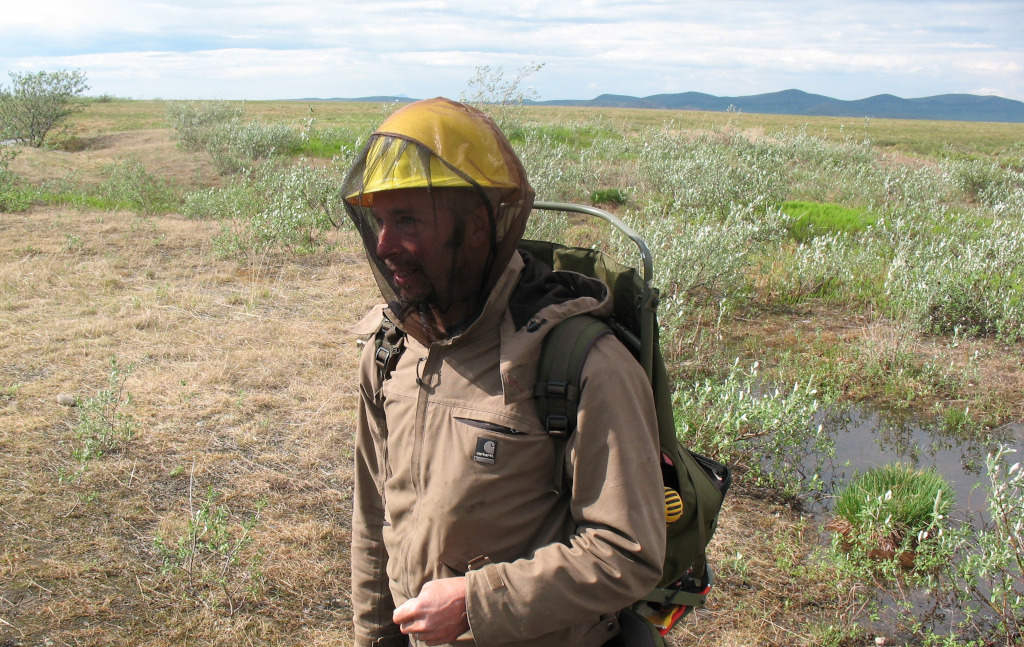
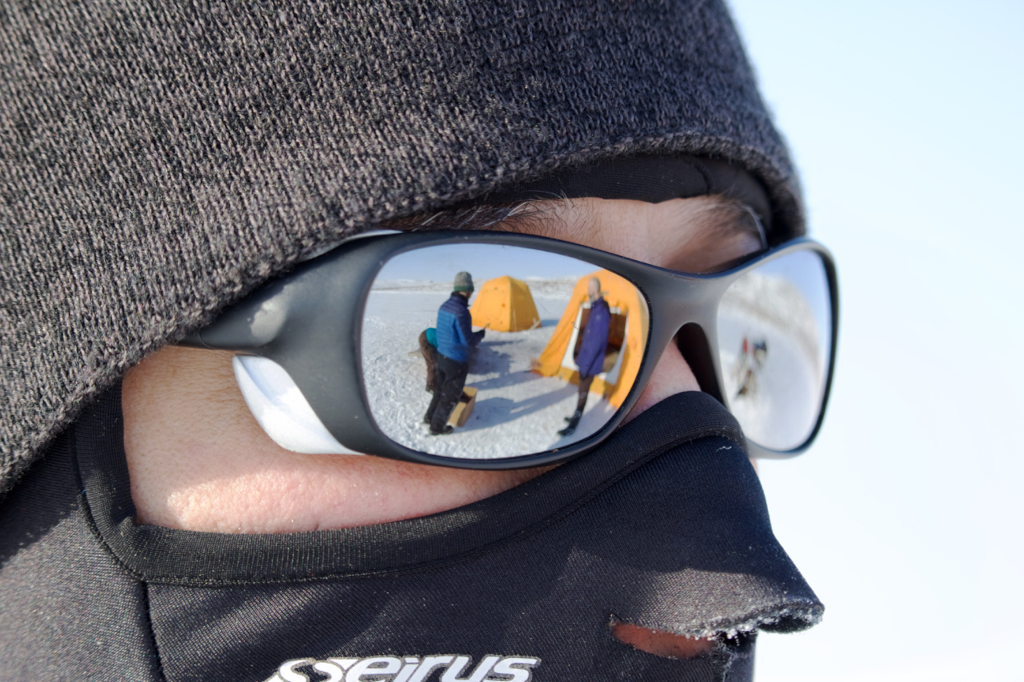
Communications
Research work in remote locations relies technology for safe operation, field coordination, and data transmittal – including: activities, weather data, safety status, raw data, and remote monitoring & operation of equipment. The Battelle ARO team offers:
- General internet connectivity and/or data transmission options from Battelle ARO Hub Locations:
- Fairbanks (provided by Battelle ARO)
- Utqiaġvik (provided by UICS)
- Toolik Field Station (available via UAF)
- Kangerlussuaq (provided by Battelle ARO)
- Summit Station (provided by Battelle ARO)
- Pituffik Space Base (provided by Battelle ARO)
- Field Camp or remote communication equipment:
- Portable or Mobile Radios, such as:
- VHF, HF, Air-to-Ground, and Marine band
- Portable or Mobile Radios, such as:
- Personal Locating Beacons (PLB)
- GPS
- Iridium phones
- Portable Satellite Communication Terminals
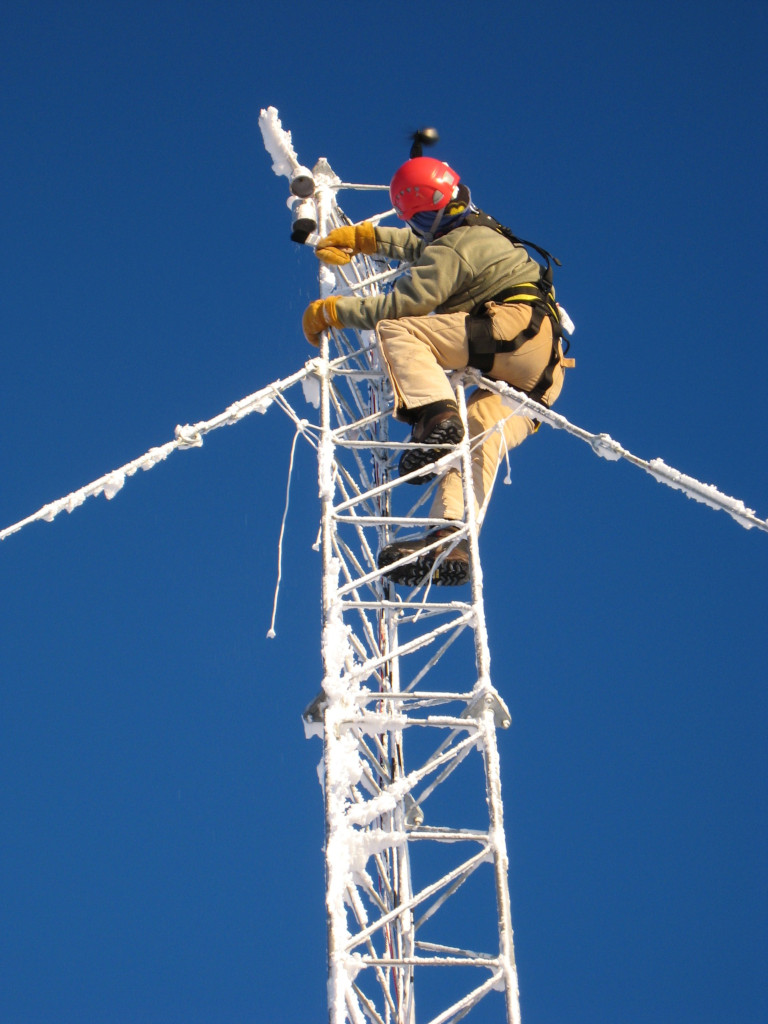
Construction & Engineering
Battelle ARO is staffed to serve the unique needs of remote research including creating special buildings, instruments, custom boxes for retrograde of rock samples, or remote power solutions for Arctic research.
Battelle ARO construction staff have a seasonal presence at Toolik and Utqiavik in Alaska, and Kangerlussuaq and Summit Station in Greenland. Its extensive experience includes design, installation, operation and maintenance in all power technology areas: engine (reciprocating diesel & microturbine), fuel cell, hydroelectric, photovoltaic, storage/rechargeable batteries, and wind turbine generators. We also provide internal instrument heating systems, as well as integrated remote monitoring, command, and control systems.
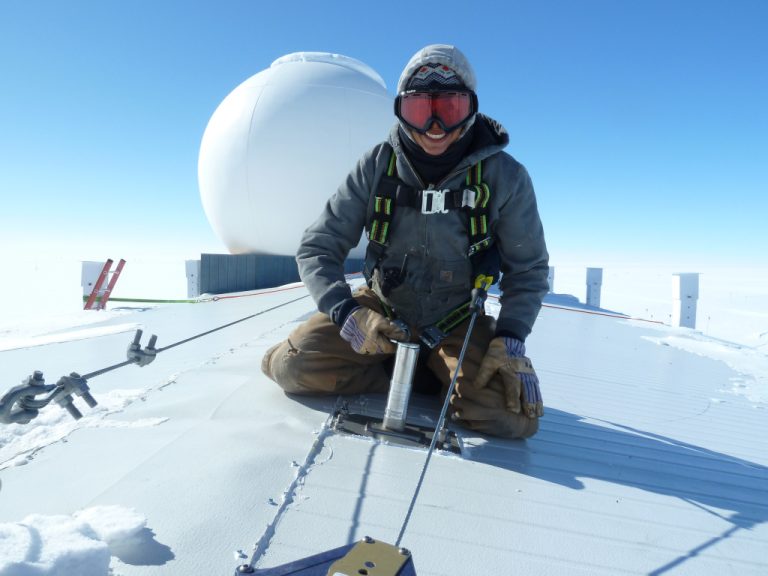
Fuel Handling
Safe Fuel Handling Procedures for Field Personnel
All researchers using fuel at a field site must use containment for all fuel and equipment that uses fuel. Researchers should be aware of how to clean up a spill, and how to use a spill response kit.
Containment Systems
Researchers can receive spill containment equipment and spill response kits for Battelle ARO issued equipment. Researchers should provide their own resources for any non-NSF equipment they are taking into the field that uses fuel.
Cleaning Up a Spill
Any amount of hazardous material spilled on the ground at a field location must be cleaned up. The researcher and his/her institution will be responsible for any spills, and remediation of spills, at a field site.
How to Remediate a Small Spill
- Contain the spilled material.
- If feasible and safe, absorb the spilled material using absorbents from local spill kits. If the spill is on snow, shovel the snow and place in plastic bags or a drum to be disposed of off-site. On soil, shovel the contaminated material into a bag or drum for disposal.
For Large Spills
If a large spill occurs, the researcher should notify immediately Battelle ARO staff and the local authority responsible for the land (i.e., BLM, NPS).
Third-party Logistics Support
Planning Third Party Logistics support in your proposal
In addition to the logistics support provided by Battelle ARO, RSL provides support via other third-party providers such as the Ice Drilling Program (IDP), Toolik Field Station (TFS) and UNAVCO. RSL engages these third-party providers through NSF subcontracts, grants, and cooperative agreements. In many cases, using one of the third-party providers reduces the overall logistics costs to a proposal due to resource sharing and economies of scale. For the full list of third-party providers, visit the Arctic Research Support and Logistics Program (RSL) website.
If you would like assistance from a third-party provider, do not include these costs as a budget line item. Instead, identify your plans clearly and realistically in the logistics description, include statements in your budget justification signaling your intent to request third-party logistics provider support, and obtain a support letter and budget estimate from the provider to include as a supplementary document to your proposal. If your proposal is awarded, this ROM estimate will form the basis of the approved logistics support scope. Researchers who request logistics support/funds beyond the scope of that identified in their funded proposal will be required to justify changes to their Program Officer before any additional support or funding is approved. For this reason, it’s important to clearly identify all anticipated support requirements at the proposal stage.
Researchers should reach out to the following field support and service organizations, if they are to be used, when preparing proposals and request a scope and cost document for the Supplementary Documents.
- Earthscope Consortium (formerly UNAVCO) which operates
- Geodetic Facility for the Advancement of Geoscience (GAGE)
- Seismological Facility for the Advancement of Geoscience (SAGE)
- Ice Drilling Program (IDP) for ice core drilling and drill development
- Ice Core Facility (ICF) for ice core archival and sample requests
- Polar Geospatial Center (PGC) for satellite imagery
- Toolik Field Station (TFS) for access to this field station
Transportation
ALASKA
Transportation to and from Alaskan Sites
Scientists are generally responsible for transporting their team members and cargo from Fairbanks or Anchorage to the airport closest to their field site. With NSF approval, once at the field site, Battelle ARO can arrange air charters for local science support.
All researchers using Battelle ARO chartered aircraft must have emergency survival gear and a satellite phone on-board.
Vehicles Available in Alaska
Battelle ARO provides research teams in Alaska with vehicles (ATVs, snow machines, trucks) for science project use.
Road Conditions
For current road conditions throughout Alaska, please visit Alaska 511.
Toolik Field Station Air Support
Battelle ARO schedules helicopter usage at Toolik Field Station each spring.
GREENLAND
Air National Guard (ANG) in Greenland
The New York ANG 109th Air Wing provides heavy lift services with ski-equipped LC-130 Hercules aircraft. The ANG has scheduled flights to Summit Station, Raven Camp, Pituffik Space Base (formerly Thule Air Base), and the Danish EGRIP camp. For the current airlift schedule please contact your Battelle ARO PM.
Other Greenland Options
Commercial Air
Air Greenland operates scheduled, fixed-wing and helicopter service from Kangerlussuaq to most coastal towns and villages within Greenland. Check with your Battelle ARO PM as inter-island flights are often part of the logistics scope of your project and can be coordinated by Battelle. Air Greenland
Chartered Aircraft
With NSF approval, Battelle ARO charters helicopter and fixed-wing aircraft for remote field projects. Your PM will develop a custom flight plan around science objectives and provide information/support to your field team to ensure safe, efficient air operations.
Ground Transportation
Battelle ARO provides research teams in Greenland with various transportation options for science project use, including trucks/vans/cars for use around villages, Arctic Trucks (for use on the ice sheet), snow machines (utilized for transportation and moving light cargo), and larger pieces of equipment such as Tucker Snowcats (employed to move larger cargo and travel to remote science sites). Work with your Battelle ARO PM to outline your requirements so that the correct transportation mode can be built into your support plan.
Travel Support
Battelle ARO provides research teams in the Arctic with various means of travel support. Work with your Battelle ARO PM to outline your requirements so that the correct lodgings and transportation modes can be built into your support plan.
Other Support Requests
Proposals submitted to NSF programs outside of the Section of Arctic Sciences
Researchers submitting proposals to NSF outside of the Section of Arctic Sciences (ARC) can request logistics support from Battelle ARO. Support will be contingent on NSF approval, and the funding program will be responsible for all logistics costs provided by Battelle ARO. ARC provides funding for arctic logistics in proposals outside of ARC if there is scientific interest in the proposal. NSF program managers make these decisions and co-funding arrangements within NSF. We suggest you specifically bring your proposal to the attention of Dr. Frank Rack to ensure co-review by the ARC.
Battelle ARO support via a reimbursable arrangement
The NSF Arctic Research Support and Logistics (RSL) program offers logistics support to non-NSF projects working in the Arctic via a reimbursable arrangement. All support is contingent on NSF approval. For additional information, please contact arctic.planning@battelle.org.
